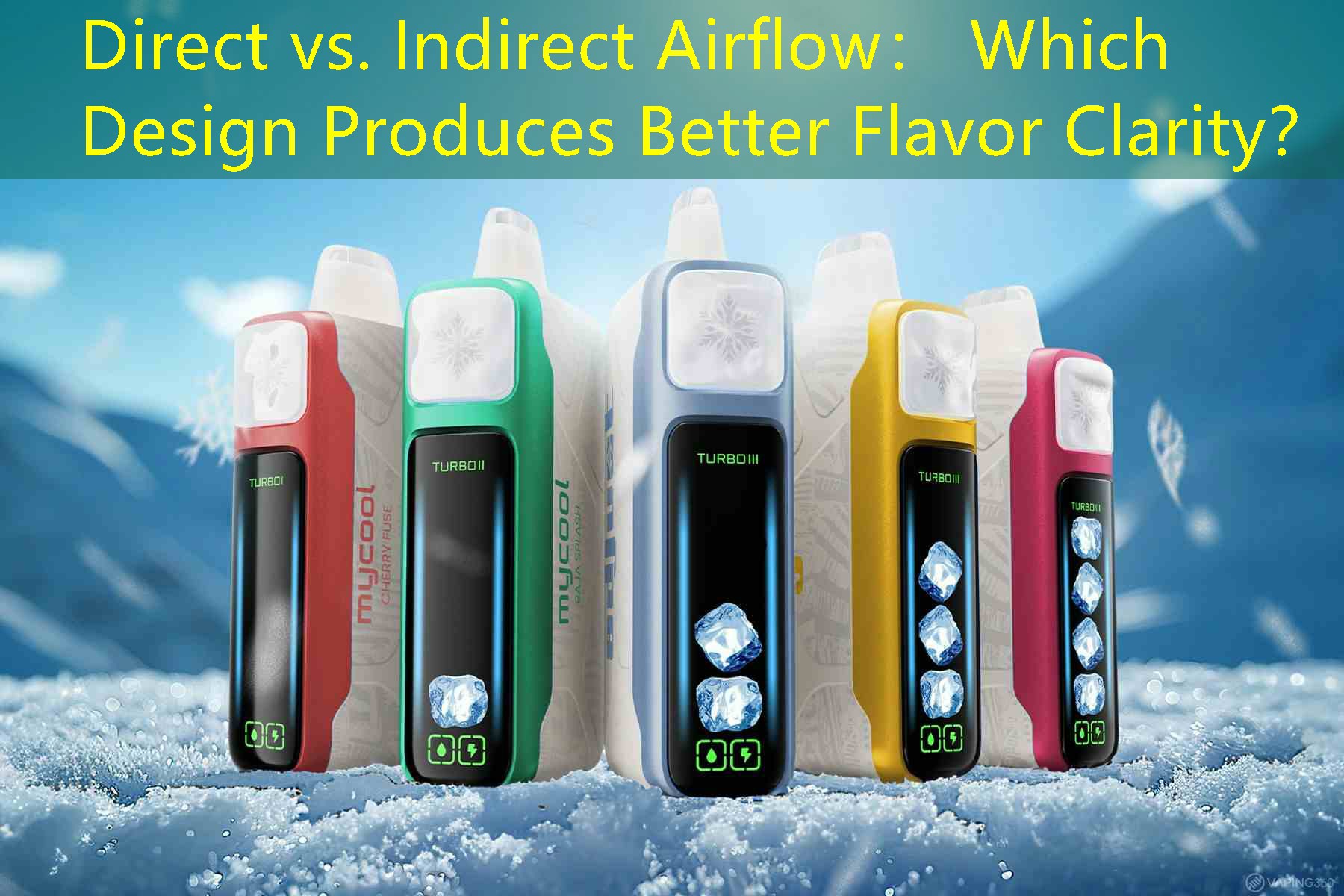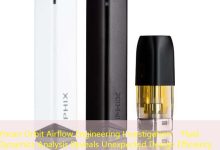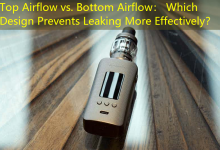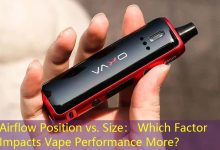Tiesioginis vs. Netiesioginis oro srautas: Kuris dizainas suteikia geresnį skonio aiškumą?
Vapingo pasaulyje, oro srauto dizainas tapo lemiamu veiksniu, lemiančiu bendrą patirtį. Dvi paplitusios konfigūracijos – tiesioginis oro srautas ir netiesioginis oro srautas – pasižymi skirtingomis savybėmis, kurios gali labai paveikti skonio pateikimą, garų gamyba, ir vartotojų pasitenkinimą. Šiame straipsnyje bus nagrinėjamos specifikacijos, estetika, Spektaklis, ir naudotojų demografinius duomenis, susijusius su šiais oro srauto modeliais, kad padėtų entuziastams priimti pagrįstus sprendimus.
Produkto apžvalga ir specifikacijos

When examining direct and indirect airflow systems, būtina atsižvelgti į atitinkamą jų dizainą ir technines specifikacijas. Tiesioginis oro srautas paprastai turi linijinį oro įsiurbimo kelią, leidžiant greitai patekti tiesiai į ritę. This design often results in denser vapor and amplified flavor clarity. Atvirkščiai, indirect airflow systems introduce more pathways for air, which can create a smoother vaping experience while potentially diluting flavor intensity.
A typical vaping device using direct airflow might have a 0.2-ohm coil for rapid heating, a wattage range of 50-100W, and a larger e-liquid capacity of around 4-6ml. Priešingai, devices employing indirect airflow may have more intricate airflow channels, often paired with smaller coil resistances (0.5-1.0 ohm) and lower wattages (10-30W) for a balance between flavor and cloud production.
Aesthetics and Build Quality
The aesthetic appeal of vaping devices can vary significantly based on the airflow design. Direct airflow devices often have a more robust and streamlined appearance, reflecting the straightforward functionality they offer. Materials used can range from stainless steel to high-grade plastic, with finishes available in multiple colors.
Kita vertus, indirect airflow devices frequently feature a more complex and sculpted design, reflecting their multifaceted approach to airflow. Users might find these devices equipped with adjustable airflow rings that allow for customization, enhancing the user experience and visual appeal. Factor in the weight, grip, and size of each design, and one can appreciate how aesthetics can influence user satisfaction.
Flavor Delivery and Duration
A common debate among vapers is which airflow design yields superior flavor clarity. Direct airflow systems often provide intense flavor profiles that resonate well with concentrated e-liquids, while indirect airflow systems can create a smoother inhalation, favoring less intense flavoring options.
Flavor delivery duration also varies. Direct airflow devices tend to produce flavors that hit harder and last longer on the palate due to their efficient cooling of vapor, whereas indirect airflow might offer a more muted experience, with flavors being less pronounced over extended sessions.
Akumuliatoriaus veikimo laikas ir įkrovimas
Battery performance is vital in assessing overall device efficiency. Many direct airflow devices are equipped with more powerful batteries, often ranging from 2000mAh to 3000mAh, allowing for prolonged use without frequent charging. Charging times can vary but often range from 1 į 2 hours via USB-C connections. Indirect airflow devices may utilize less power, resulting in extended battery life but often at the cost of output intensity.
Našumo ir vartotojo patirtis
The performance of a vaping device is heavily influenced by its airflow design. Direct airflow setups usually favor lung hits, producing thicker vapor and richer flavor, whereas indirect airflow appeals to those who prefer mouth-to-lung hits, offering a more gentle approach.
When considering user experience, individuals’ preferences will dictate which design is more suitable. Direct airflow benefits those who seek robust flavor profiles and dense vapor. Priešingai, indirect airflow will suit users looking for a smoother experience without overwhelming intensity.
Argumentai ir trūkumai

Both airflow systems come with their unique advantages and disadvantages.
For direct airflow systems, the pros include:
– Enhanced flavor clarity and richness
– Larger vapor production
– Quick heating and performance
Tačiau, they may present cons such as:
– Potential harshness with certain e-liquids
– Less versatility for flavor adjustments
Indirect airflow systems, kita vertus, offer:
– Smoother hits, ideal for novice vapers
– Greater adaptability for flavor variations
– Less harshness and throat hit
Dar, they might lack:
– Intensity in flavor clarity
– Volume of vapor production
Tikslinė vartotojo demografija
Target users for direct airflow devices typically include experienced vapers and those who appreciate intense flavor experiences. They might prefer high-VG (augalinis glicerinas) e-liquids to optimize cloud production.
Atvirkščiai, potential users of indirect airflow devices range from novices to those seeking a more laid-back vaping experience. This demographic may lean towards high-PG (propilenglikolis) e-skysčiai, which tend to provide a smoother throat hit and lighter flavor profiles.
Apibendrinant, both direct and indirect airflow designs serve unique preferences within the vaping community. By analyzing these airflow systems based on specifications, estetika, akumuliatoriaus veikimo laikas, Spektaklis, ir tikslinių demografinių rodiklių, users can make informed decisions that align with their vaping styles and preferences. Each design offers distinct advantages, ensuring a diverse vaping experience tailored to individual tastes.







